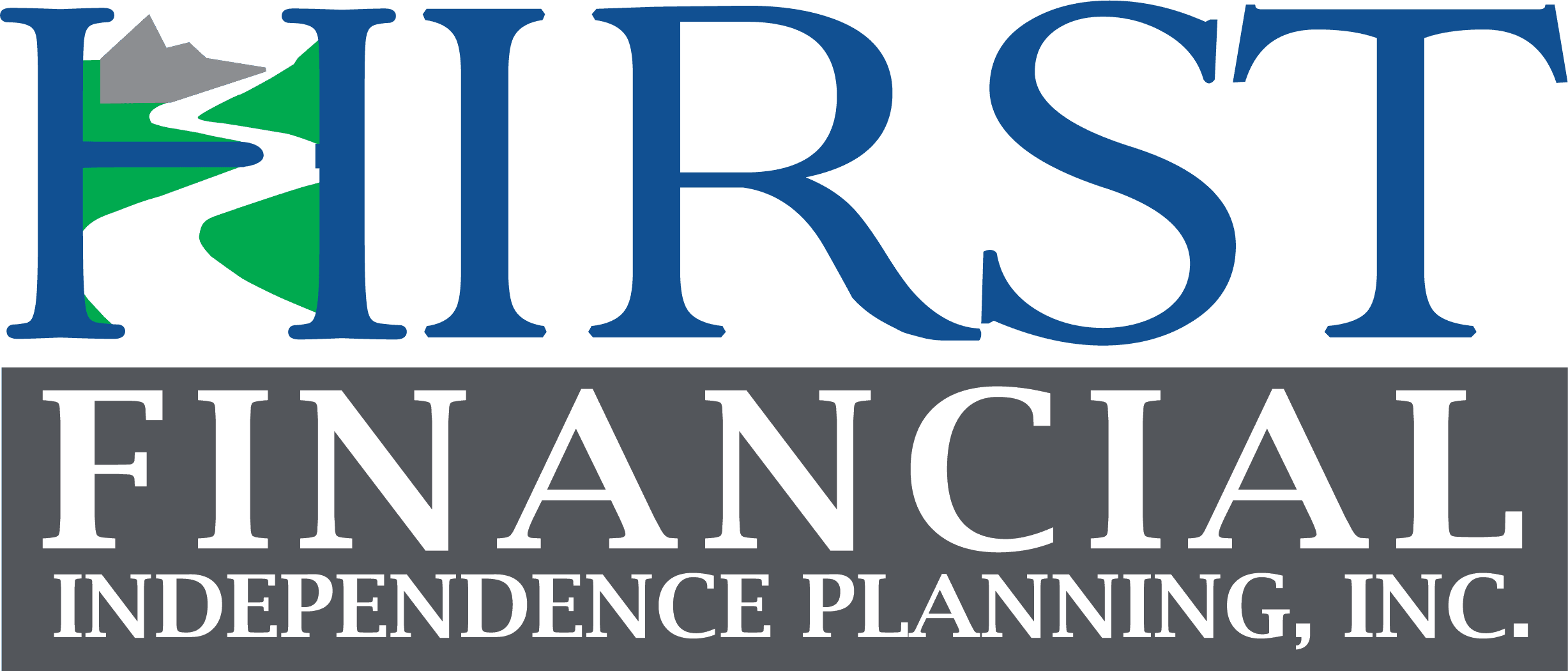If you’ve watched the headlines at all in the last month, you know the markets aren’t sitting still. From the worst Christmas Eve on record to the Dow’s largest jump ever just a few days later – losses and gains seem to have less pattern every day. Experts are divided on how 2019 will look, but predictable isn’t the word any of them are using.
One of the measures taken by the Federal Reserve to balance the markets is to raise or lower the federal funds rate. A rate hike makes borrowing at the highest levels of the economy more expensive, and this affects the economy on every level. After four rate hikes in 2018 alone – the most recent going from 2.25 to 2.5 percent on Dec. 18 – it’s time for investors to be aware of how this high-level shift affects everyone.
Home Finance
Real estate is deeply indicative of the state of the overall economy. The connection between the 2008 Financial Crisis and subprime mortgages is no secret, and the shockwaves from this economic collapse are still felt today.
Housing remains one of the largest expenses for the American household, comprising 18 to 30 percent of the average individual’s yearly income. Between rent or mortgage, property taxes, repairs, upkeep and a host of other expenses, our residence is generally where we spend the most money.
The federal funds rate affects the housing market by impacting loans at the highest level. If the Fed makes borrowing more expensive, then eventually your local bank will have to increase its rates as well.
One place this is especially obvious is in the Adjustable Rate Mortgage (ARM). Different than most mortgages that follow a relatively stable or fixed interest rate, an ARM follows interest rates and changes accordingly. Your payment could be significantly cheaper in the short term, but your interest rate may change every year.
Now that the Fed has raised the interest rates, the advantage of having an ARM has all but disappeared. Because of the rate hikes, a current 30 year fixed mortgage rate is at 4 percent, and the ARM is hovering around 4 percent – making it a zero-sum game.
With perhaps more rate increases on the horizon, and with an unpredictable market, it’s generally best to lock into a fixed rate mortgage. Refinancing like this will save you money in the long run, even if your current monthly bill is a bit higher.
Auto Loans
Another common expense sits in the driveway next to the first expense. Transportation still remains one of the biggest costs for American families, primarily in purchasing and maintaining vehicles.
Again, a rise in federal funds rates also can raise the interest on a car loan. Granted, the effect may be very small – 0.25 percent interest on a $25,0000 loan is only about $3 a month. However, step back a moment and think about the long-term effects.
A gently used car for $30,000 might be a great deal (depending on the car). But if you have a 5.35 percent loan (the rate for January), after 60 months you’ll end up paying $34,258 total. If you got a new car for the same price with a promotional zero-interest loan, after 60 months you’ll pay $30,000. The loan looks the same at first glance, but the end result leaves you paying more for something older and second-hand.
These small differences have a “princess-and-the-pea” effect that becomes more uncomfortable with time. The time to watch for this kind of detail is when the Fed changes the rate.
Credit Card Debt
Credit cards run according to the prime rate, which is closely connected to the federal funds rate. Usually, your credit card rates will rise at the same rate as the Fed within about a day. Again, incremental increases like the one in December makes for relatively small – sometimes almost imperceptible – changes in your monthly credit card bill.
As the math shakes out, a 0.25 percent increase only translates into your minimum amount going up $2 per $10,000 of credit card debt. Even with a colossal amount of personal credit card debt, this latest increase would be low on your list of worries.
But we have to keep in mind that the Fed didn’t raise interest rates last year by just 0.25 percent, they raised them by 2.5 over four increases. Add that 2.5 percent onto your existing rate, and you could find yourself at an APR of 17.5 percent. Under that scenario, climbing out of $10,000 in debt paying only the minimum could take you more than 30 years to pay off.
If you find yourself in this situation (or before you do), it’s all the more urgent to consider changing your credit cards over to a 0 percent interest card when they become available. We don’t know what the Fed will do with interest rates in 2019, and whatever they do will be felt by credit card companies fairly quickly.
School Loans
The situation is less urgent with student loans as you are only affected if your loan has a variable interest rate. Federal student loan interest rates are locked in place, so no worries there, but if you have a private loan with a variable interest rate, it will change with the Fed.
If you consolidated your loans, you may want to check on your interest rate. Refinancing could help you in the long run.
The Good Stuff
Rate hikes are good for savers. If you put money away in a product that has a high-yield interest rate (online savings accounts, money markets and others), your returns are going to go up as interest goes up. So, a hike in the federal funds rate isn’t all bad news for personal finance – the money you have in the right place already will benefit.
On a macro level, rising interest rates are usually a sign of a strong economy. The Fed puts these hikes in place to manage spending when money is available. So a rate hike is often a sign that unemployment is low, the GDP is strong and spending habits are healthy.
Click here to download our guide to investing wisely, regardless of interest rates.
Reading the Headlines – Reading Your Portfolio
Probably the worst reaction when the federal funds rate rises is panic. The second worst reaction can be to ignore it completely. There’s no need to overhaul your investment strategy at the slightest change in Washington, but it’s good to be aware that those winds may eventually blow in your direction.
Your financial advisor can help you talk through these changes and what they might mean for your portfolio in the long run. They can also help you stick to your plan and strategy so you can see the long-term impact beyond the hype.
2019 is upon us! Let’s be ready for it and put plans in place so we live life by design, not by default.


